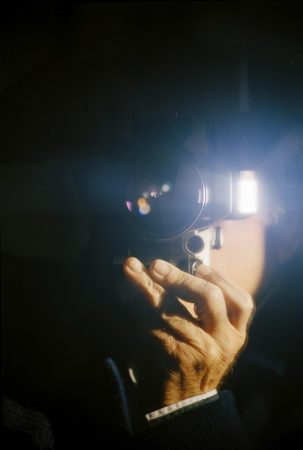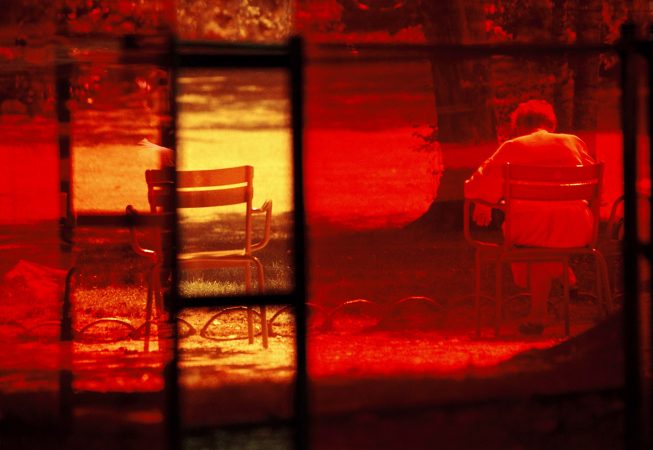Penseur-provocateur et philosophe de l’hyperréalité et de la simulation, Jean Baudrillard fut aussi photographe et capteur d’images (souvent avec un appareil photo jetable). Certaines de ses photographies ont été exposées en Australie (Museum of Contemporary Art, Sydney, 1994), en France (Maison européenne de la photographie, Paris, 2001), en Allemagne (Kunsthalle Fridericianum, Kassel, 2004), aux États-Unis (Chateau Shatto, Los Angeles, 2019), en Chine (Power Station of Art, Shanghai, 2019). ÉCRAN TOTAL n’est pas une exposition sur Jean Baudrillard, mais une exposition qui pense avec la pensée de Jean Baudrillard et qui dé-pense et décompose de façon critique ses propositions philosophiques - notamment celles de la viralité, de la simulation, de la surveillance et de l’implosion. Ces quatre concepts dialoguent ici avec les six œuvres exposées. Son travail photographique devient le média ou la matrice qui permet de se situer entre ses concepts fondateurs et les œuvres des artistes sélectionné.e.s. Ce sont donc ses photographies qui font LIEN, par leurs couleurs, structures, composition et matérialité. Par une projection dans l’espace, elles se posent et s’imposent comme des éléments d’un réseau viral à l’intérieur même de l’exposition, surveillent les œuvres et se font surveiller..
Penseur-provocateur et philosophe de l’hyperréalité et de la simulation, Jean Baudrillard fut aussi photographe et capteur d’images (souvent avec un appareil photo jetable). Certaines de ses photographies ont été exposées en Australie (Museum of Contemporary Art, Sydney, 1994), en France (Maison européenne de la photographie, Paris, 2001), en Allemagne (Kunsthalle Fridericianum, Kassel, 2004), aux États-Unis (Chateau Shatto, Los Angeles, 2019), en Chine (Power Station of Art, Shanghai, 2019). ÉCRAN TOTAL n’est pas une exposition sur Jean Baudrillard, mais une exposition qui pense avec la pensée de Jean Baudrillard et qui dé-pense et décompose de façon critique ses propositions philosophiques - notamment celles de la viralité, de la simulation, de la surveillance et de l’implosion. Ces quatre concepts dialoguent ici avec les six œuvres exposées. Son travail photographique devient le média ou la matrice qui permet de se situer entre ses concepts fondateurs et les œuvres des artistes sélectionné.e.s. Ce sont donc ses photographies qui font LIEN, par leurs couleurs, structures, composition et matérialité. Par une projection dans l’espace, elles se posent et s’imposent comme des éléments d’un réseau viral à l’intérieur même de l’exposition, surveillent les œuvres et se font surveiller..
Précédent
Suivant




